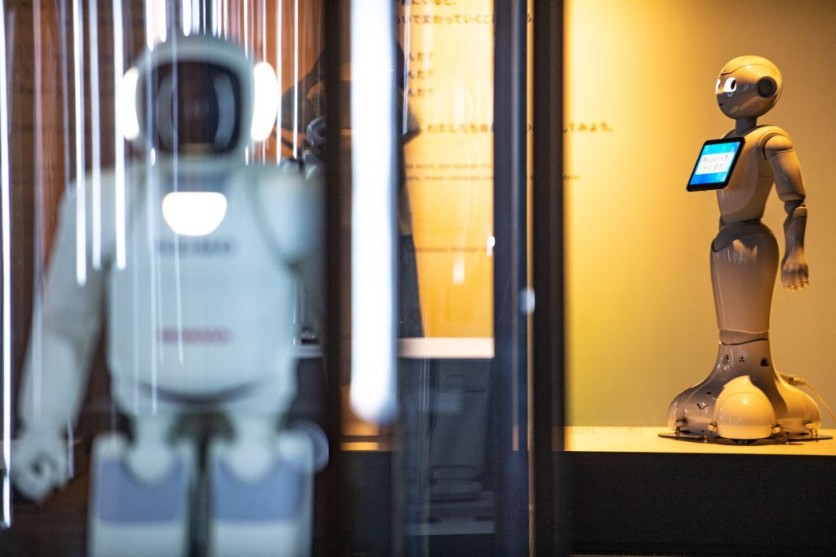Scientists have developed a unique material that looks straight out of a science fiction movie. With just light and a catalyst, they can change the hardness and elasticity of molecules, according to a new study published on Oct. 13.
As reported first by Interesting Engineering, the scientists developed a special material that is ten times more durable than natural rubber and may lead to more flexible electronics and robots by drawing inspiration from living things like trees and shellfish.

10 Times More Durable
The team was successful in creating a new material that is 10 times more durable than natural rubber and could result in more flexible electronics and robotics. This success was a first because it involved using only light and a catalyst to change properties in molecules of the same type.
Zachariah Page, an assistant professor of chemistry and corresponding author on the study, claimed that this is the first material of its kind.
"The ability to control crystallization, and therefore the physical properties of the material, with the application of light, is potentially transformative for wearable electronics or actuators in soft robotics," Page said in a press release statement.
By using light to vary how stiff or elastic the material would be, Page and his colleagues could control and modify the structure of a material that resembled plastic.
Chemists began with a monomer, a small molecule that joins with other molecules of a similar size to make the building blocks for larger structures known as polymers. They are also comparable to the polymer found in the most widely used plastic.
Read also : 'Chameleon Robots:' These Robots Can Change Colors and Mimic Their Surroundings Through 3D Printing
From Hard to Soft
After evaluating a dozen catalysts, they discovered one that produced a semicrystalline polymer resembling those in synthetic rubber when combined with their monomer and exposed to visible light.
The portions that the light touched created a tougher and more rigid material, while the unlit areas kept their soft, elastic characteristics.
The substance was stronger and could be stretched farther than other mixed materials since it was formed of a single material with distinct qualities, according to the researchers.
The monomer and catalyst are readily available in the marketplace, the reaction took place at ambient temperature, and the experiment's light source was a cheap blue LED.
The team claimed that the reaction used the least amount of hazardous waste possible and took less than an hour, making the procedure quick, affordable, energy-efficient, and environmentally friendly.
The researchers will develop more objects using the material to further verify the material's utility.
The material, according to the research team, might serve as a flexible base for securing electrical components in medical devices or wearable technology.
This article is owned by Tech Times
Written by Joaquin Victor Tacla
ⓒ 2025 TECHTIMES.com All rights reserved. Do not reproduce without permission.




